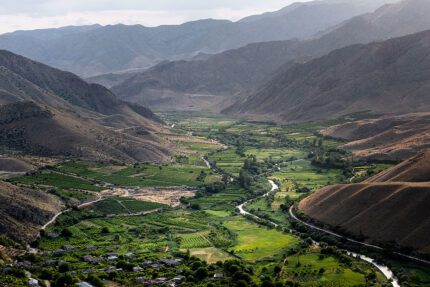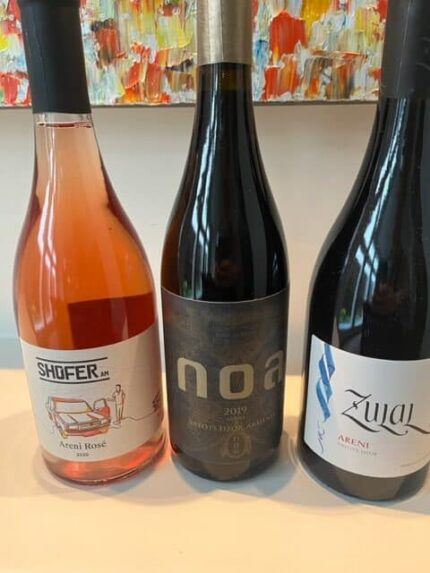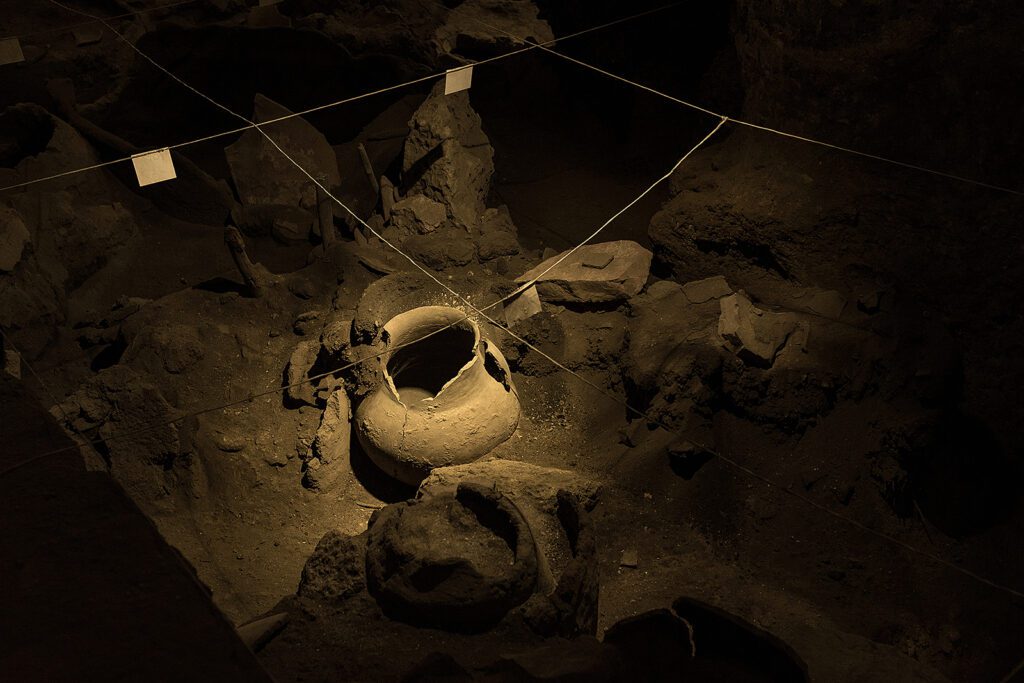Last year, I tasted Armenian wine for the first time and was captivated. Armenia, the cradle of wine with the world’s oldest wine production facility, had escaped my notice. This reaffirmed that wine continually surprises those who seek new experiences.

In my first encounter, I spoke with Aimee Keushguerian, the Founder of Zulal Wines, who shared her father’s role as an early pioneer of Armenian wine and her inspiration to follow in his footsteps.

Coincidentally, I had the opportunity to engage in a conversation with her father, Vahe Keushguerian, the Winemaker at Keush Winery over 17 months later. It was truly enlightening to gain his insights into the ongoing renaissance of grape growing and wine production and the shared passion they both have.
A Little About Armenia

Armenia is frequently acknowledged as one of the origins of winemaking, supported by archaeological findings tracing wine production back some 6,100 years. However, the dynamics of government influence significantly altered the winemaking landscape. The country fell under Soviet rule from 1920 to 1991, leading to a period where winemaking took a back seat as government directives dictated production priorities. During this time, brandy production took precedence over wine, and at one point, Armenia supplied a quarter of all brandy consumed within the Soviet Union.
In 401-400 BC, Greek armies recorded being hosted with wine and beer when they were in Armenian territories. Armenia is south of the mountain range of the Caucasus. To the north and east, it is bordered by Georgia and Azerbaijan and to the southeast and west by Iran and Turkey. It is known for its high elevation, limestone, and volcanic soil, which helps to create great wines at a high elevation (2,000 – 4,500 feet above sea level).
Grapes grow in four main regions in the country — Ararat, Armavir, Aragatsotn, and Vayots Dzor, which account for most of the production. For whites, common grapes include Voskehat and Kangun. For reds, it’s mostly about Areni.
The Biggest Advocate
Storica is a collection of wine brands that reflect the terroir, ancient viticultural history, and high winemaking standards made from indigenous grapes of Armenia. It serves as a partner to Armenian brands, vineyards, wine makers, and producers by providing operational functions (marketing, sales, and operations services) and getting the wines on the map in the US market.
Storica has seven brands it is bringing to market – Keush, Zulal, Oshin, Voskevaz, Van Ardi, Noa, and Shofer, all selected to show Armenia’s wines and history of the birthplace of wine and expand reach with US consumers.
About Keush Winery and Vahe
Keush Winery, also known as Keush Karas, is named after the Armenian word “karas,” which refers to the clay vessels used for winemaking. The winery was founded in 2001 in the Armavir region, a place known for its terroir and has the right climate to make good wine. As I heard from Aimee, the story combines ancient Armenian winemaking techniques with a modern touch reflecting what makes Armenia special.
Vahe began his career as a restauranteur and later decided he wanted to import wine from Italy and France into California. As part of that business, he moved his family to Tuscany where he leased vineyards and started making wine in Puglia. Later as a tourist, he returned to Armenia and became excited about the chance to make wine in the place where winemaking started.
As an entrepreneur and advocate for Armenian wine, Vahe has played a key role in revitalizing Armenia’s wine industry and gaining global recognition for Armenian wines. He focuses on using native Armenian grape varieties to maintain the country’s heritage while adopting modern winemaking techniques to strike the right balance between tradition and contemporary practices.
He told me about the opportunity to discover and continuously experiment to make the wines better. How the high evolution vineyards, volcanic soil and indigenous varieties make Armenia a special place.
Keush doesn’t have a physical winery yet – they produce their wines at a custom crush facility that Vahe owns and runs called WineWorks in Yerevan.
Talking About the Wines

I tasted three Armenian wines (not Keush), two of which were completely new to me.
2020 Shofer AM Areni Rosé — Shofer originates from the Areni grape variety, cultivated in volcanic soils and on ungrafted vines in century-old vineyards. I tasted notes of cherry, strawberry, pepper, herbs, and a touch of spice. The complexity of this rosé, with its multiple layers of flavors, kept me coming back for more.
2019 Noa Areni — Jakob Schuler, who owns the 32-year-old Schuler Winery in Switzerland, saw the potential to start making wine in Armenia. The winery, which is located in Vayots Dzor is named for the biblical Noah, who is believed to have planted the first wine grapes in this corner of the world centuries ago. I tasted cherry, spice, cedar, raspberry, and oolong tea.
2018 Zulal Areni Vayots Dzor — which I had tried before. Areni is the most planted and best-known grape of Armenia. It is referred to as the “Pinot of America,” but it’s more than that. It’s almost like a Pinot Noir blended with a Merlot with a touch of Syrah. The soil is volcanic and has a rich minerality. I tasted lots of fruit and earth here. It’s a terroir-driven wine and earth and fruit play different roles in the wine. Big notes of cherry and spice. It’s a great wine and drinks easily.
Armenian wines not only encapsulate history but also the promise of a bright future. The dedication of these winemakers to striking the perfect balance between heritage and modern techniques highlights the potential for Armenia to emerge as a prominent player on the global wine stage.



